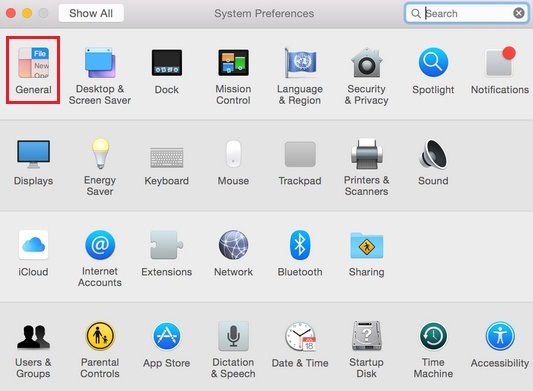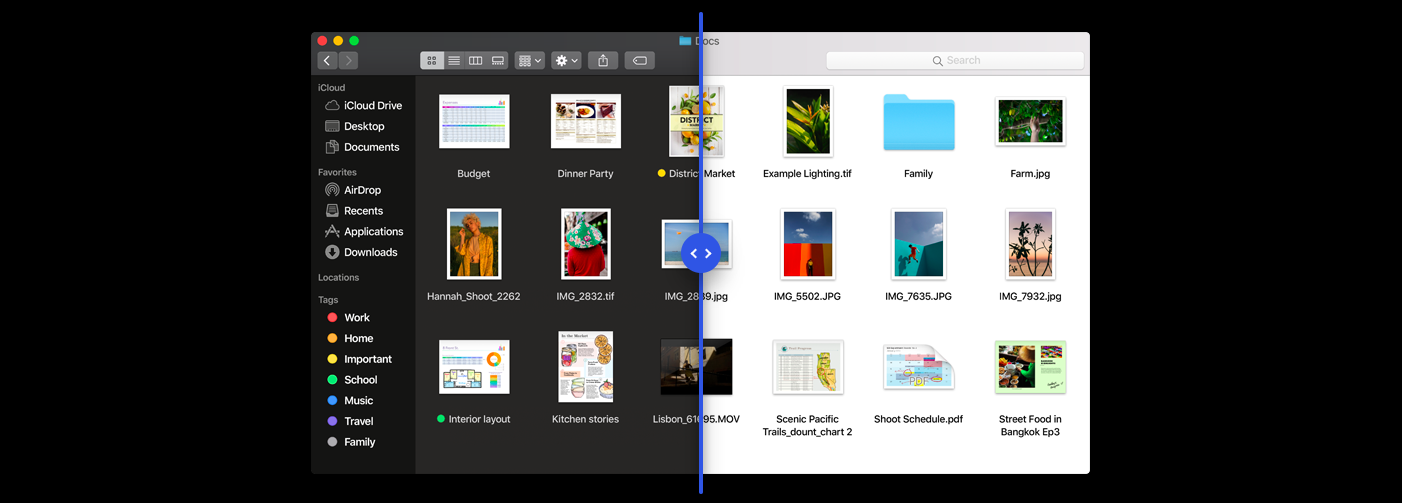
The funny thing is that a large part of what makes Dark Mode work and what was explained in the WWDC talks this year was available since… 2014, when OSX Yosemite (10.10) was introduced. I’ve learned a lot about AppKit while writing this, and I’ve managed to clear up a lot of things which I didn’t fully understand before, so I hope this will help someone else too. This first part will be a bit more theoretical about some underlying features and APIs that make the dark mode work or that are especially relevant now, and the second part will be about the things you need to think about while updating the app (and in the future). This eventually grew into the longest article on this blog, so instead of deleting some sections, I’ve decided to split it into two parts. As you’ll see, a lot of work might actually be about removing things.Īs with the changes in notifications, I’ve set out to collect everything related to dark mode from the WWDC videos this year and organize all the information in a way which makes more sense to me (since in the talks these things are often mentioned in a slightly random order and topics are scattered through multiple sessions).

The reason is that it seems to require a lot of changes across apps to adapt them to the new appearance, or at least a lot of checking and testing, but it does so in a way that feels like “making things right” – not so much introducing complexity just for this reason, but rather enforcing some order and good practices that were earlier easy to forget about.

#Black ui for os x yosemite 10.10 download mac
While I’m not nearly as excited about it from the user’s perspective as some others are 🙂 – I’m totally a “light side” Mac user, I’ve always used a light theme in TextMate, light theme in Xcode, white background in iTerm, and I sometimes have to use reader mode on websites with a dark background – I’m actually very curious about it as a developer. One of the most exciting announcements at this WWDC was the introduction of a long-awaited “dark mode” in macOS 10.14 Mojave, which lets you use a whole desktop with all the apps on it in a dark theme, instead of just the dock and the menu bar as before.


 0 kommentar(er)
0 kommentar(er)
